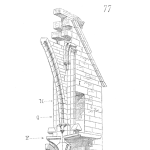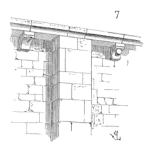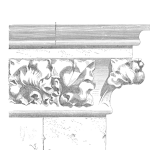
Guest Post by Bill Pomfret (first posted on CERM ® RISK INSIGHTS – reposted here with permission)
When the electricity grid fails, there is a risk of cascading impacts from what might seem to be a relatively minor event.
Having just watched a Electric Power video on this very topic, I feel obligated to inform the masses, what would happen if the power grid shut down?
If the power grid goes down, water and natural gas will also likely fail at some point, so planning is critical. Without a plan in place, most of us would be in bad shape with an extended grid outage.














 Ask a question or send along a comment.
Please login to view and use the contact form.
Ask a question or send along a comment.
Please login to view and use the contact form.